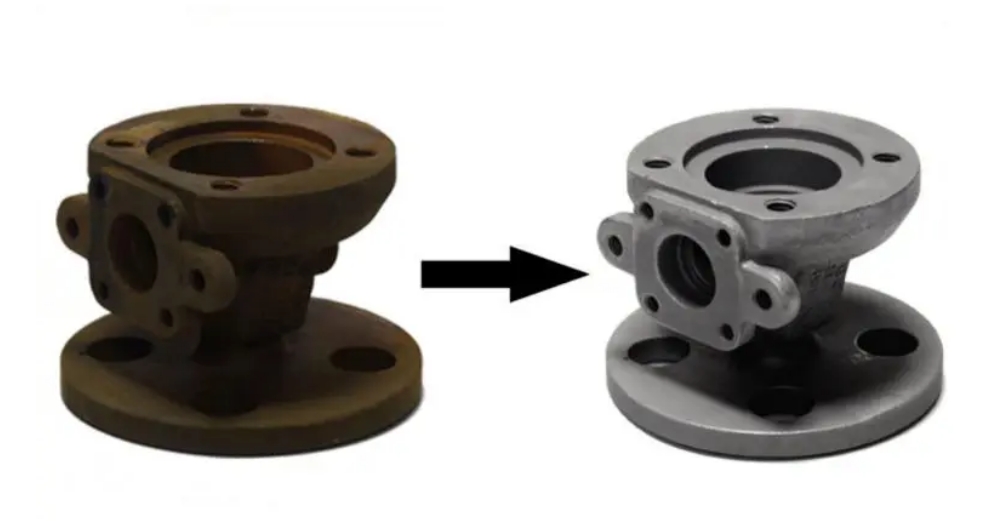Understanding Metal Phosphating Process: The Power of Tech
Time:2023-11-06 18:08:42 Source:未知 Click:次

In modern industrial production, metal phosphating technology has become an important surface treatment technology. It forms a layer of phosphate film on the metal surface, which not only improves the corrosion resistance of metals, but also enhances their wear resistance and electrical insulation properties. This technology is widely used in various industries, including automotive, aviation, construction, electronics, and many others. So, how does the metal phosphating process work? What are its advantages? Let's take a closer look.
Firstly, let's understand the process of metal phosphating. This process mainly includes three steps: pretreatment, phosphating treatment, and post-treatment. Pretreatment mainly involves cleaning and pickling, aiming to remove oil stains and oxide layers on the metal surface, preparing for phosphating treatment. Phosphating treatment is to immerse the metal in a solution containing phosphates and heavy metal ions, forming a phosphate film on the metal surface through chemical reaction. Post-treatment mainly involves cleaning and drying, aiming to remove residual solution and improve the quality of the phosphating film.
Next, let's look at the advantages of metal phosphating. Firstly, phosphating treatment can improve the corrosion resistance of metals. The phosphate film is a very stable protective layer that can prevent metals from contacting corrosive media in the environment, thereby greatly improving the corrosion resistance of metals. Secondly, phosphating treatment can improve the wear resistance of metals. The hardness of the phosphate film is higher than that of the metal itself, so it can effectively resist wear. In addition, phosphating treatment can also improve the electrical insulation properties of metals. The phosphate film is an excellent electrical insulator, which can effectively prevent electric leakage and improve the safety of metals.
However, although metal phosphating treatment has many advantages, there are also some problems. For example, a large amount of wastewater and slag will be generated during the phosphating process, which may cause serious pollution to the environment if not handled properly. In addition, the thickness and quality of the phosphating film are affected by many factors, such as solution concentration, temperature, time, etc., which need to be strictly controlled to achieve ideal results.
In general, metal phosphating treatment is a very important surface treatment technology. It uses the power of technology to bring new life to metals. However, we should also see that this technology still has some problems that need further research and improvement. We believe that with the progress of science and technology, metal phosphating treatment technology will become more perfect and bring more convenience and safety to our lives.
In the future, we look forward to seeing more technological innovations that allow metal phosphating treatment technology to play a greater role in bringing changes to our lives. Let's look forward to this day together!






 Customer service 1
Customer service 1  Customer service 2
Customer service 2